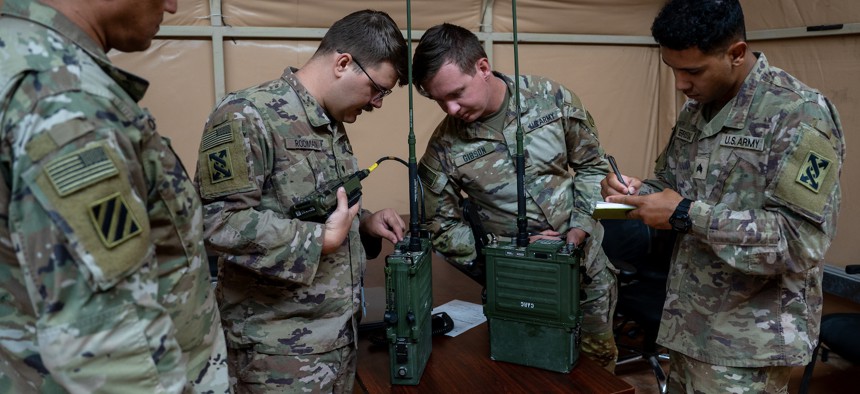Rajeswari Pillai Rajagopalan
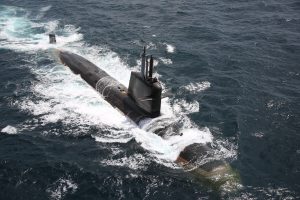
In a rare show of strength, last week the Indian Navy simultaneously deployed 11 of its 16 conventional submarines. The submarines were reportedly deployed at various locations in the Indian Ocean. The Indian Navy has not undertaken such a heavy simultaneous deployment in about three decades.
While this is a milestone, there is also the reality of the shrinking Indian submarine fleet. Without timely replenishment, India could end up with a submarine fleet similar to that of Pakistan, although Pakistan is the only South Asian navy that operates a submarine with air-independent propulsion (AIP).
Reflecting on the deployment and India’s failing submarine strength, an Indian naval official who spoke to the media anonymously said that he had “not seen such a high simultaneous deployment. This was basically because we did not have that many submarines in operations, and the fleet strength was hit by several undergoing refits or repairs.”
According to the International Institute for Strategic Studies’ Military Balance 2024 report, India has 16 operational submarines, which include five Kalvari-class (French Scorpene), four Shishumar-class (German Type-209), and seven Sindhugosh-class (Russian Kilo) submarines in operation. Another Kalvari-class submarine is to be commissioned into the navy soon; this will bring the overall number to 17.
However, the real question is “operational availability,” as another naval source told an Indian media outlet. According to this official, given that the Kalvari class is brand new, “their availability ratio is much higher.” The German-origin Shishumar submarines also appear to be high on reliability and performance, making their operational availability quite good. They are likely to be around for another decade and a half.


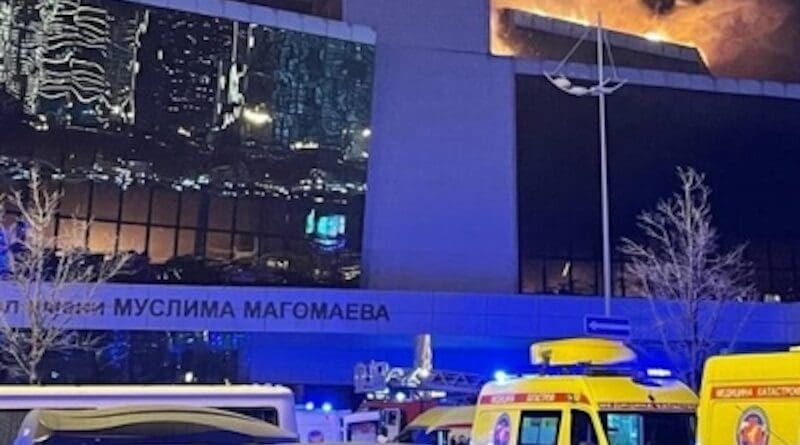





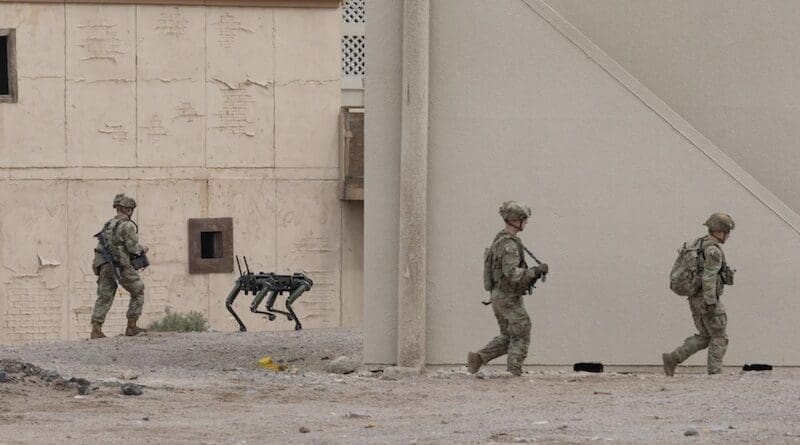
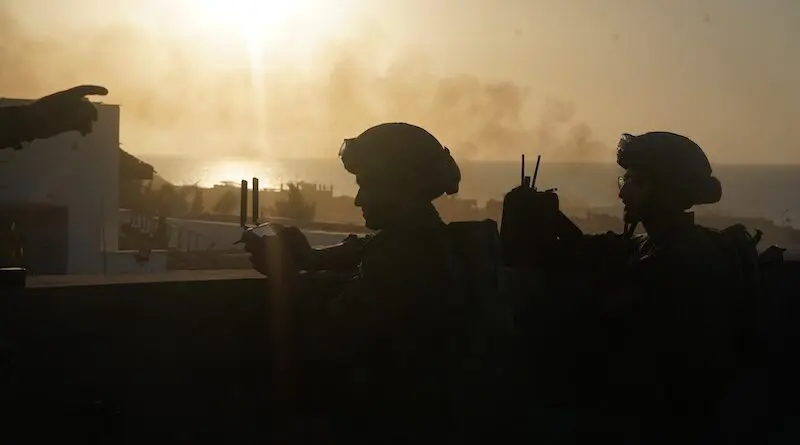
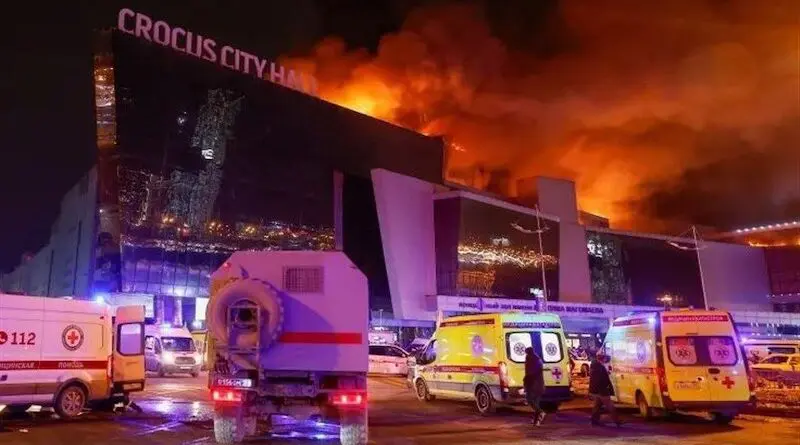


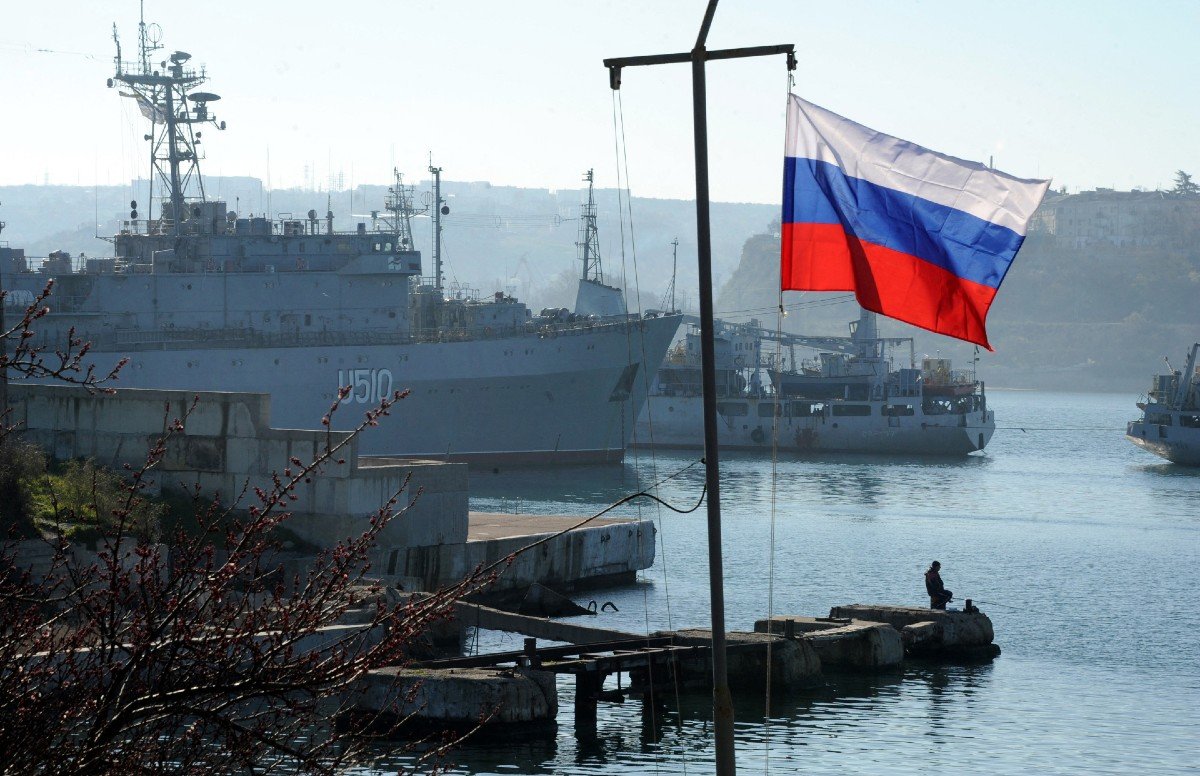


:quality(70)/cloudfront-us-east-1.images.arcpublishing.com/archetype/2KDCRA46TBHN5HFW5H3VPOLIF4.jpg)
